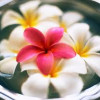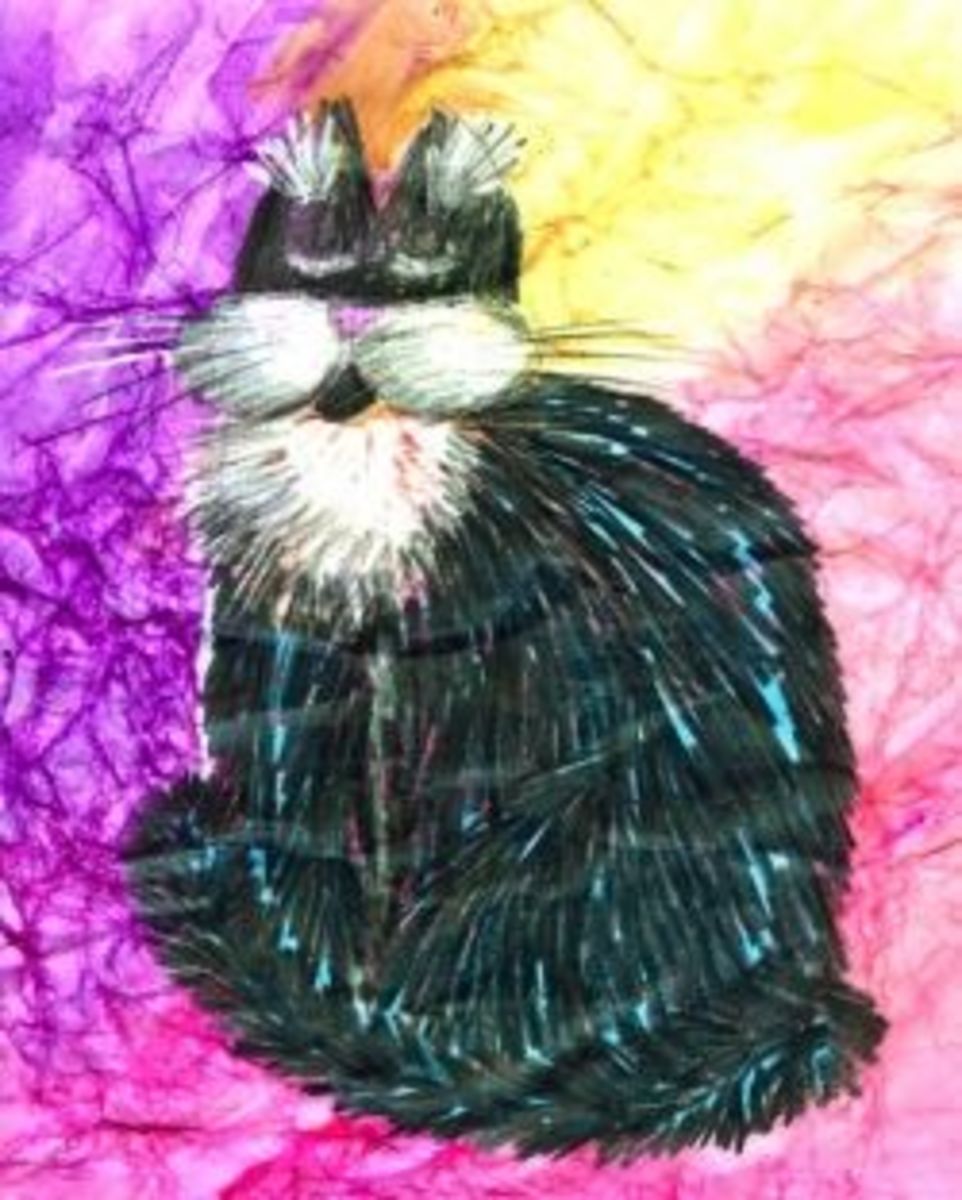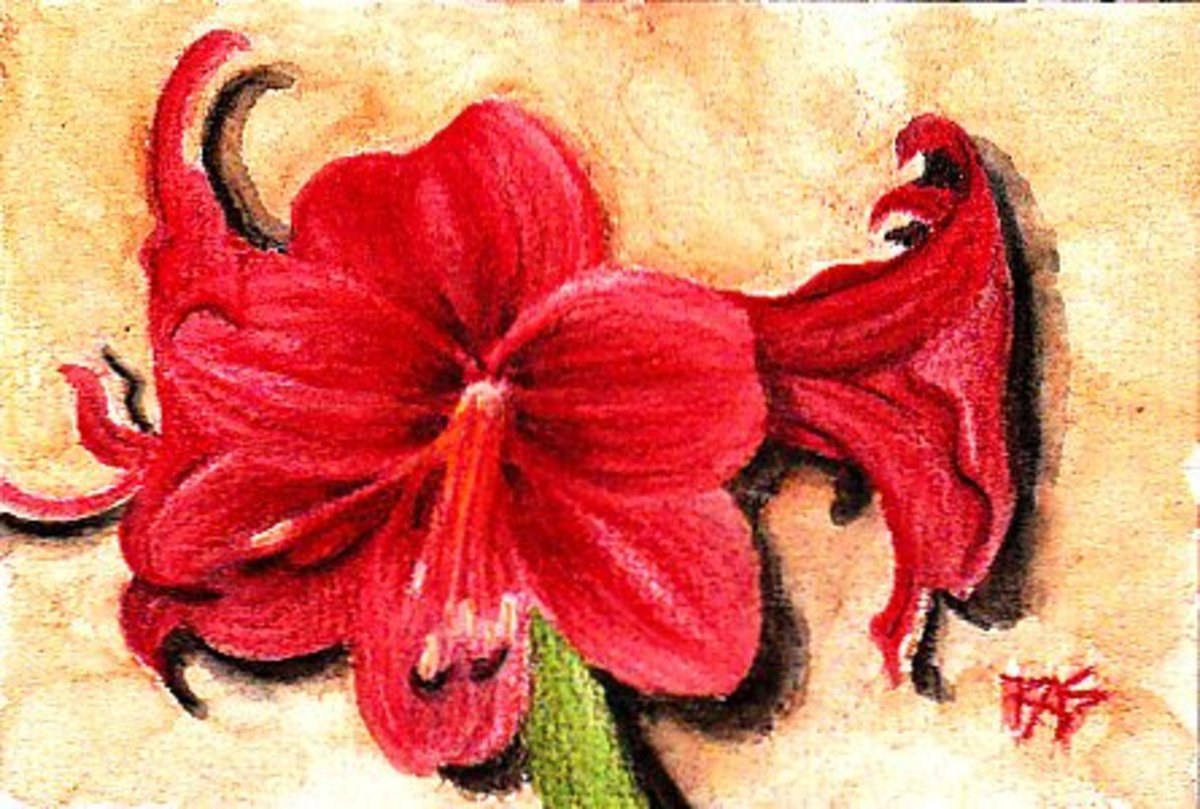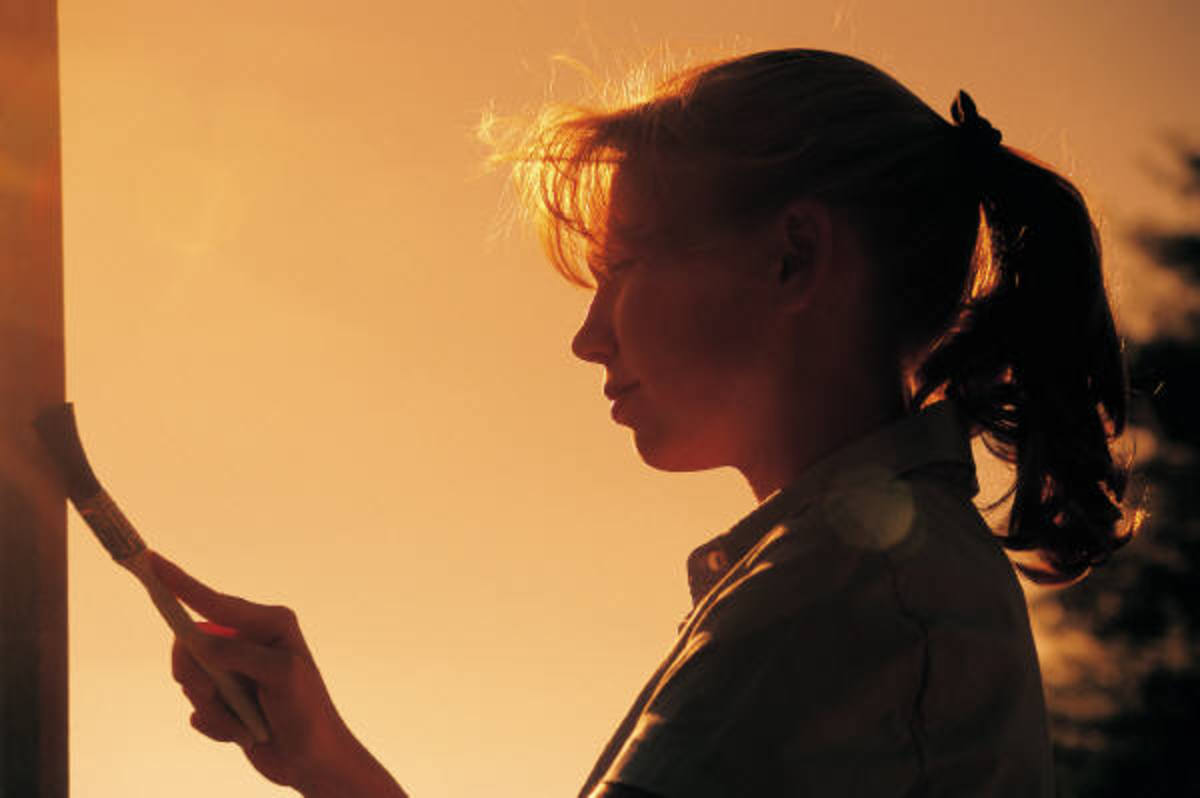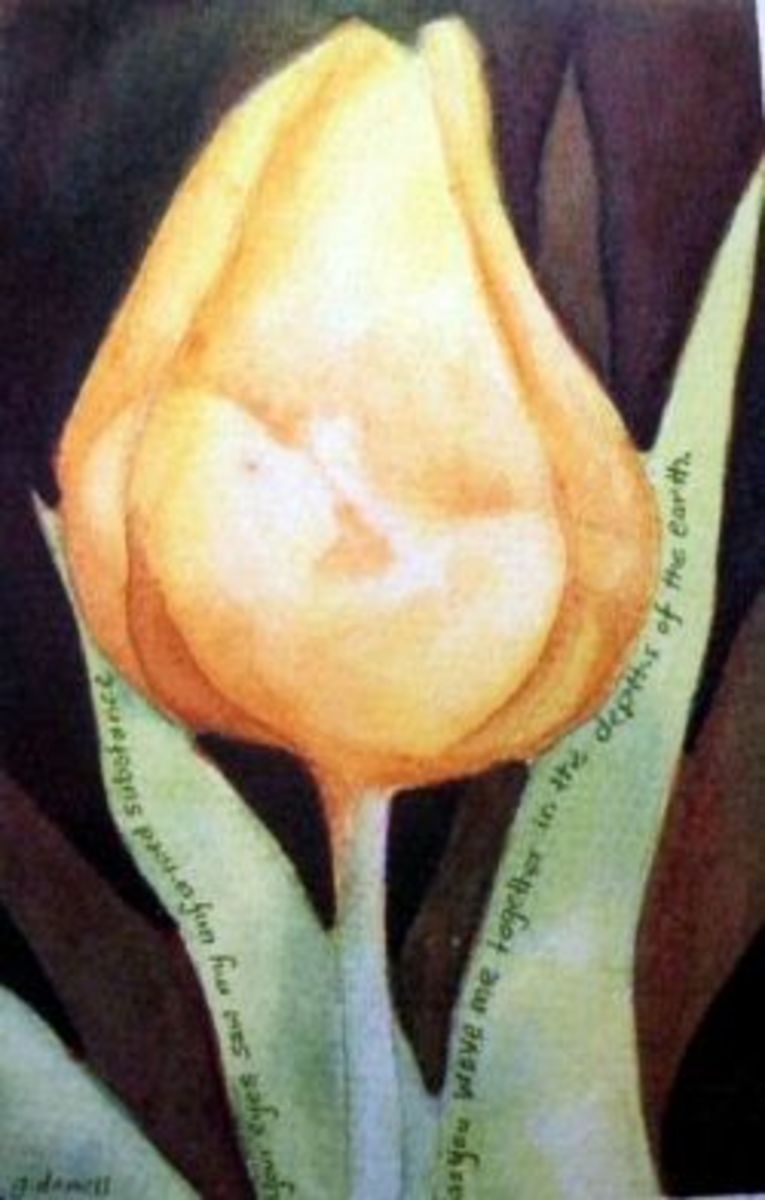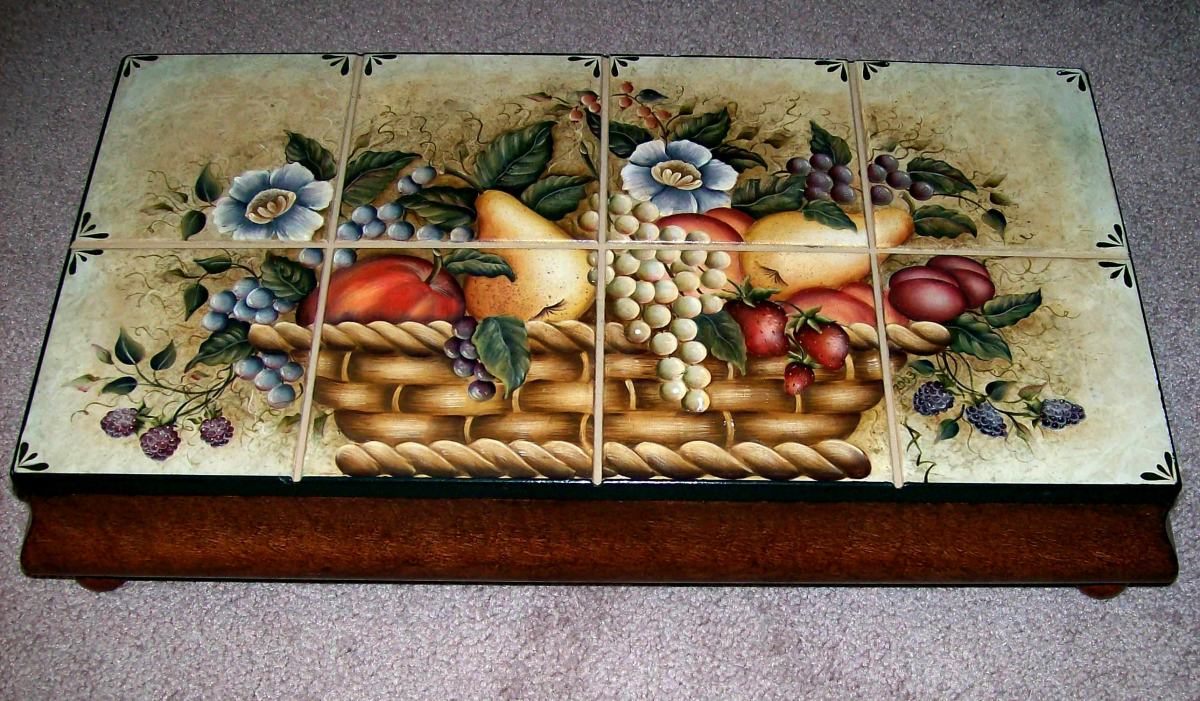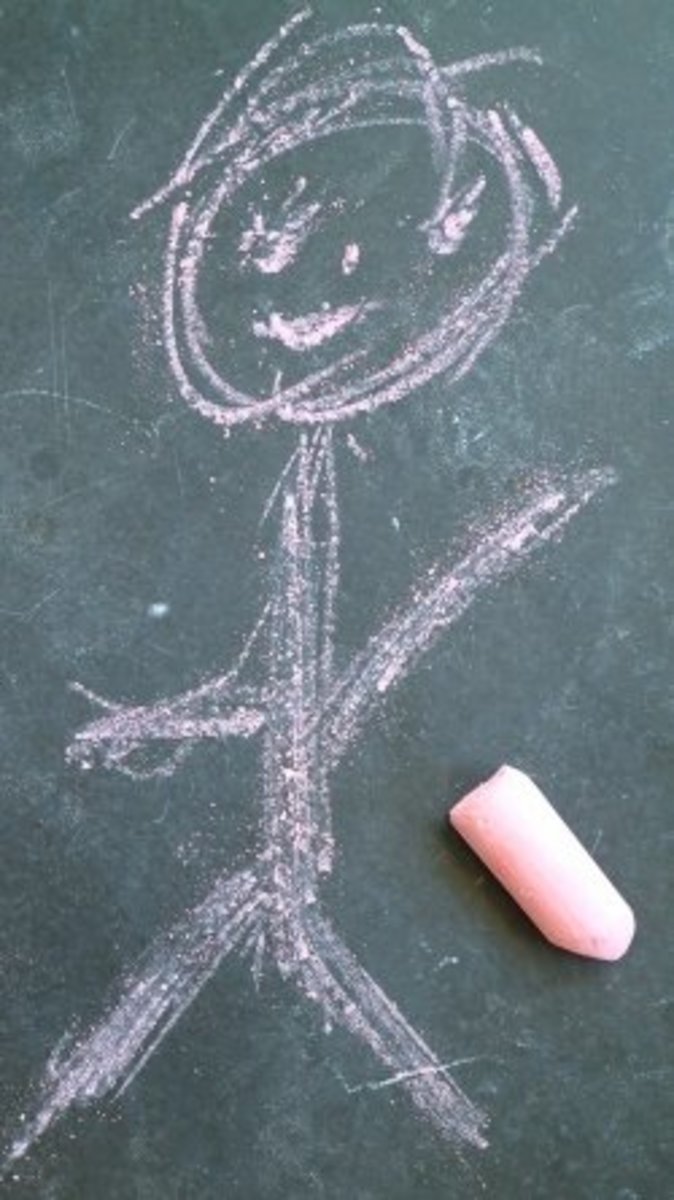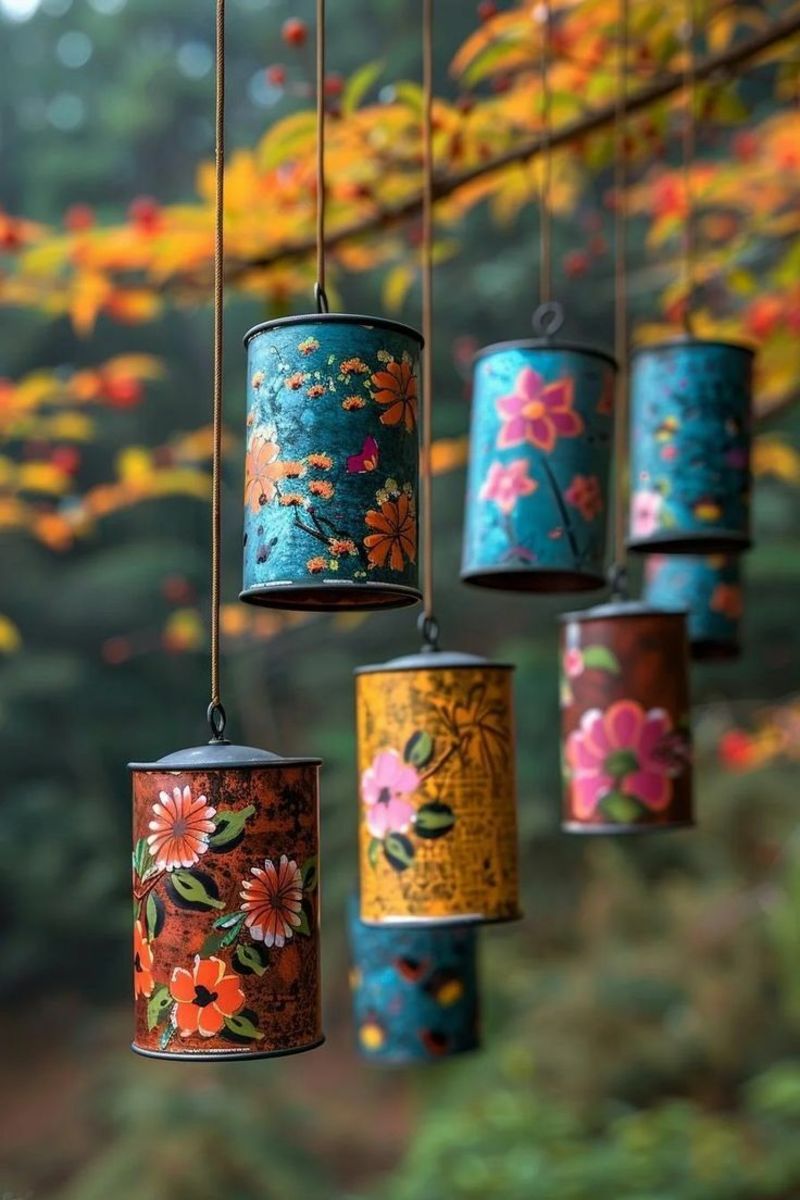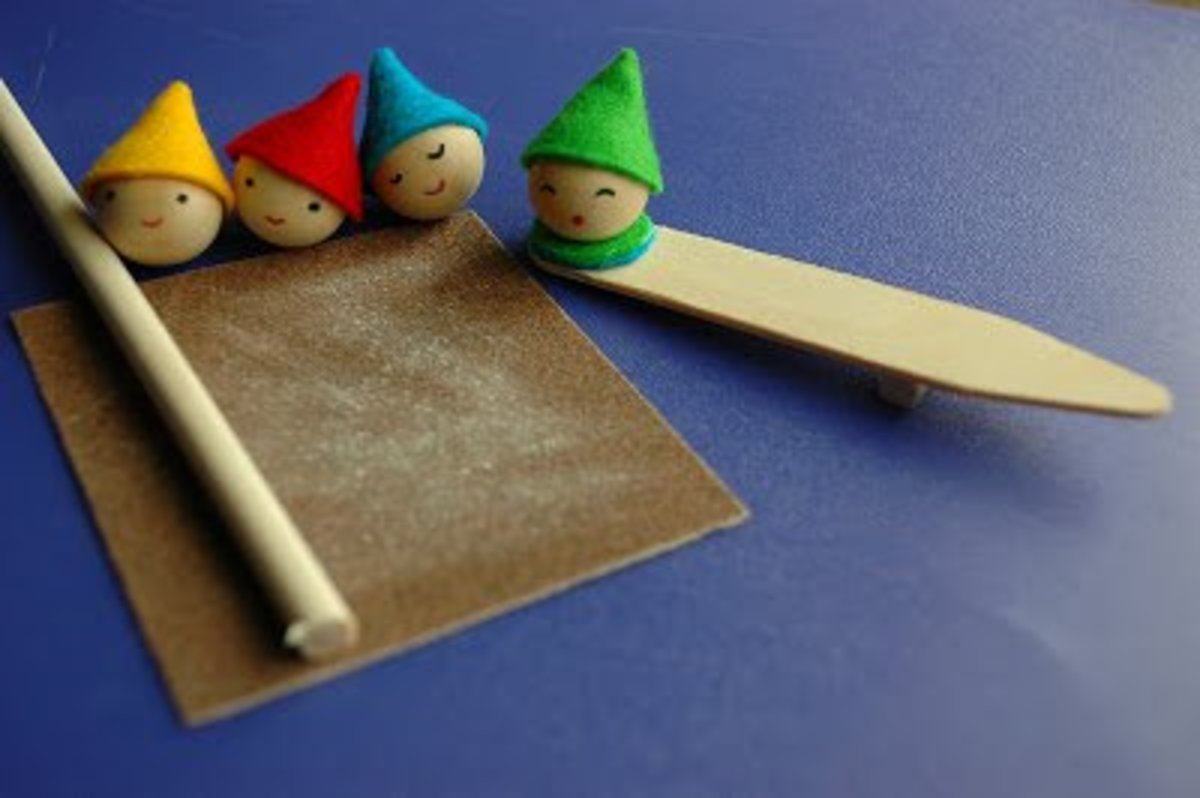Art how to paint Painting and drawing General mistakes, problems and how to fix them.

© frangipanni 2013. All rights reserved.
Sometimes when creating your own artwork it is hard to put your finger on what is 'not quite right', with it. You might be missing some simple rule or integrated more than one of the 'don'ts', but find it too hard to decipher exactly what it is. Read on for common problems Artist's need to avoid and tips on how to correct them.
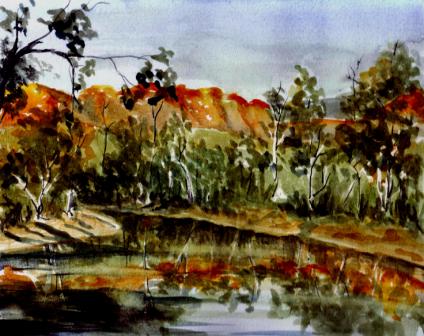
- Painting or drawing copied photos. Never, ever copy someone else's photo. This is a breach of copyright.
- You don't have a clear centre of interest in your artwork. There is one rule at least which must never be broken—the rule which says "thou shalt not paint two pictures upon one canvas." Make your single statement clear and convincing—the rest of painting on the page supports it.
- Any picture that is worth painting or drawing must have a main point of interest. Concentrate on that and sacrifice everything else to it. It often happens in nature that there are two points of nearly equal interest in the same scene. Eg a scene where some handsome landscape is reflected in a pool or stream, the reflection being often more beautiful than the scene which it reflects. It would be fatal to attempt to reproduce both with equal emphasis in one picture. The eye of the spectator would not know upon which of the two pictures to rest and neither would make its full impression.
- Centre of interest in the centre - Equal is Boring. If you put a big tree smack in the middle of your painting, you will be dividing your painting in halves. That will create two equal parts, and that's a no no. If you put a horizon halfway up, you will be dividing your painting into equal sky and land. Many old master paintings have clear, empty sky, filling the top two thirds of the painting. Peaceful space is not boring, equal space is.
- Lack of tonal difference in a painting. Look for dark tones, mid tones and light tones. Did you leave any white on the page?
- Too many colours. Using too many colours in your artwork can be overwhelming to look at and make your painting look too busy, cluttered and overdone.
- Crowded composition. If your composition is too crowded the spectator finds it hard to get an impression from it and will find it confusing to look at. Don't put in a single unnecessary feature in your painting. Remember this adage, "Everything which does not directly contribute to it, detracts from it."
- Have you used individual rather than overlapped shapes? Overlap shapes where you can. This helps toward pulling your composition together . Avoid shapes kissing (touching).
- Sky is too light. Darken your sky so clouds look white. When using watercolor dab out clouds with water on tissue. White gouache (opaque watercolour paint) with tissue into the cloud tops if you need.
- Birds flying Birds actually look like the letters M or V. M –bird V – bird. Some birds (eg sea birds) have wing tips turned like sideways brackets. Try to emulate this in your artwork.
- Don’t paint at noon. There are no shadows at this time of day as the sun is directly overhead so paintings look flat. Shadows create 3D form for more authentic looking artwork.
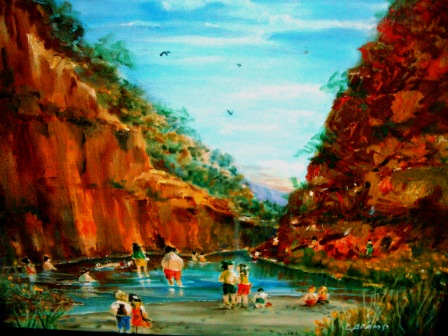
- Over painting a watercolor painting. Always let watercolour dry for a day before assessing whether more needs to be done.
- Not correctly assessing your artwork. Being right up close to your artwork makes it hard to look and assess it constructively. Step back to see what your painting looks like. Look at it in a mirror.
- Not assessing your work regulary. Not knowing when to stop creates an over painted or drawn piece of artwork that could have been great three quarters of the way through if you had only stopped then.
- Entrance is blocked by some feature. The eye needs somewhere to enter the painting or drawing and follow the flow around the artwork.
- Eye passes around and out of the picture. Don't let the eye enter and then follow the painting around and straight out again! Block the exit routes eg paint a bridge at the end of a river, birds in the sky etc.
Hopefully these few tips will have you on tour way to creating extraordinary artwork that people will enjoy for years to come.
Some great online art supply directories are: (I am in no way affiliated with or receive any type of payment from these companies)
- ebay,
- amazon
- http://www.dickblick.com
- www.info.com.au
Check out my other hubs on painting and art.
Art - Watercolor painting - creating texture effects
Paint with watercolor, budding artist tips. Art answers to a few random questions.
How to paint and draw - perspective.
Paint in watercolor - REGAINING and RETAINING WHITES. How to paint edges with watercolor - Art beginners tips and techniques.
Art -Presentation, Framing and Finishing to a gallery accepted standard.
Art how to - DESIGNING A PAINTING or DRAWING.
How to paint and draw using a Two-point perspective.
Paint watercolor tips. Art how to
Art How to paint En Plein Air (painting outdoors)
Watercolour paper and tips on painting moving water.
Art how to on Watercolor painting - Technique - washes.
Painting and drawing General mistakes, problems and how to fix them.
D I Y Framing - an easy how to on framing to save you $$$
If you enjoyed my hub please check out my other hubs, comment, share and email the link to friends and checkout the items printed in blue for my recommendations and links.
